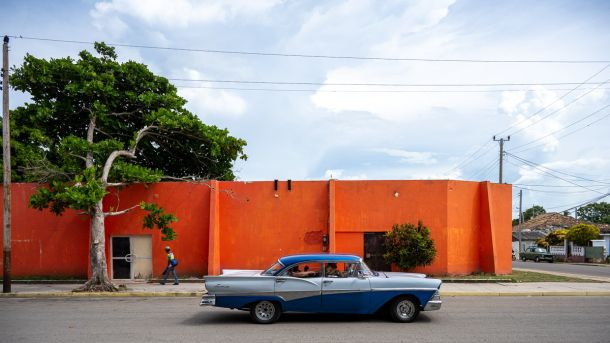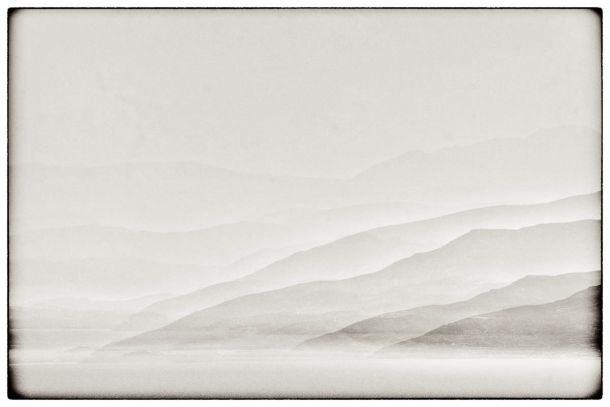Engaged Fine Art Photography: When the Image Becomes an Act of Activism

Seine in flood, Pointe de l’Île Saint Louis – Photo : © Sebastien Desnoulez
From Dorothea Lange’s Migrant Mother to contemporary climate-focused series, photography has established itself as a visual language capable of shaking consciences. When it serves a social or environmental cause, we speak of engaged fine art photography: images go beyond formal beauty to become acts of activism. This article offers a comprehensive overview of the genre—from its history and techniques to emblematic works and audience reception.
Table of Contents
- Definition and Scope of Engaged Photography
- A Brief History of Photographic Activism
- Techniques and Visual Strategies for Activism
- Case Studies: Social Impact Photography
- Case Studies: Environmental Impact Photography
- Impact, Circulation, and Reception: Can Images Change the World?
- Evaluation Criteria and Ethical Limits
- FAQ
1. Definition and Scope of Engaged Photography
When Art Meets Activism
Engaged fine art photography combines a visual intention with an awareness or advocacy goal. It differs from traditional documentary photography by:
- an authorial approach (signature style, print control, limited editions);
- the development of an explicit or implicit activist discourse;
- a strategic dissemination (exhibitions, social media, in situ actions) aiming to reach audiences beyond the art market.
| Dimension | Traditional Documentary | Engaged Fine Art |
|---|---|---|
| Main Objective | Inform, report | Trigger reactions, provoke change |
| Photographer’s Role | Observer | Stakeholder / Activist |
| Aesthetic | Realism | Creative freedom serving the message |
| Dissemination | Media, archives | Art institutions, public spaces, networks |
2. A Brief History of Photographic Activism
From Humanist Pioneers to Contemporary Struggles
- 1930s–1940s: The camera as a social witness. Dorothea Lange’s photo of Florence Owens Thompson becomes a symbol of the Great Depression and influences federal aid campaigns.
- 1945: Patriotic symbol. Joe Rosenthal’s image of the flag-raising at Iwo Jima helps raise war bonds.
- 1968: Global awareness. William Anders’ Earthrise from Apollo 8 sparks the environmental movement and inspires the first Earth Day in 1970.
- 1980s–2000s: Photographers and NGOs. Sebastião Salgado captures dignity in labor and the fragility of ecosystems with Genesis.
- 2000–2020: Participative art and social media. JR’s Inside Out project pastes giant portraits worldwide to amplify local causes.
- Since 2020: Climate justice and public health. Nan Goldin’s die-ins in museums link the opioid crisis to institutional accountability.
3. Techniques and Visual Strategies for Activism
Aesthetic Choices
- Dramatic contrast: deep black and white (Salgado) to heighten emotional gravity.
- Large format and urban display: XXL enlargements (JR) to dominate public spaces.
- Museum space appropriation: performative actions (Goldin) turning exhibits into direct-action platforms.
- Spectator immersion: audiovisual installations or VR experiences to generate empathy.
Dissemination and Virality
From the moment they click the shutter, photographers anticipate image circulation: hashtags, NGO/media partnerships, or Creative Commons licenses that encourage activist sharing.
4. Case Studies: Social Impact Photography
| Work | Photographer | Advocated Cause | Impact |
|---|---|---|---|
| Migrant Mother (1936) | Dorothea Lange | Rural poverty in the U.S. | Triggered 20,000 kg of food aid in California camps |
| Serra Pelada (1986) | Sebastião Salgado | Working conditions of Brazilian miners | Raised awareness in the ILO and Western audiences |
| Inside Out (2011–…) | JR | Identity, equality, human rights | 500,000+ portraits pasted in 149 countries |
| PAIN actions (2018–…) | Nan Goldin | Opioid crisis / Sackler accountability | Sackler name removed from major museums (Met, Louvre) |
5. Case Studies: Environmental Impact Photography
The Fragility of the Planet in Images
- Earthrise – William Anders (1968): spark for modern environmentalism.
- Midway: Message from the Gyre – Chris Jordan (2009): albatross carcasses filled with plastic, a shocking visual of marine pollution.
- Genesis – Sebastião Salgado (2004–2012): pristine landscapes as a call to preservation.
- Drowning World – Gideon Mendel (2007–…): flood victims photographed in situ, humanizing climate change.
| Technique | Artist | Activist Effect |
|---|---|---|
| Lunar wide-angle | William Anders | Unprecedented Earth view, global awareness |
| Close-up shock | Chris Jordan | Reveals hidden plastic pollution |
| Panoramic black & white | Sebastião Salgado | Sublime landscapes spark conservation |
| In-situ portraits | Gideon Mendel | Fosters empathy for climate victims |
6. Impact, Circulation, and Reception: Can Images Change the World?
From Museum Walls to Urban Streets
Engaged photographers leverage a hybrid diffusion strategy: art institutions (cultural legitimacy), digital campaigns (virality), and urban actions (new audiences). This ubiquity maximizes the image’s resonance power.
Effectiveness Indicators
- Political impact: legislative or policy changes.
- Civic engagement: hashtags, petitions, crowdsourcing.
- Fundraising success: charitable campaigns boosted by visuals.
7. Evaluation Criteria and Ethical Limits
Evaluating engaged photography rests on a triangle: aesthetic quality, message relevance, and real-world impact. Key ethical considerations include:
- Subject consent – critical to avoid exploitation.
- Digital manipulation – acceptable if transparent and cause-driven.
- Compassion fatigue – overexposure risks desensitizing viewers.
8. FAQ
Should engaged photography remain objective?
No; it embraces subjectivity to support causes, but must remain honest about its process and intentions.
Can prints be sold while supporting a cause?
Yes. Sales can fund NGOs or activist projects. Transparency and clear donation percentages strengthen credibility.
Is guerrilla street posting legal?
It depends on local laws. Some cities require permits; others tolerate symbolic illegality to reinforce the message.
Conclusion
The power of engaged fine art photography lies in its ability to merge aesthetic emotion with militant effectiveness. In a world saturated with visuals, these works manage to cut through the noise: they capture attention—and inspire action.



